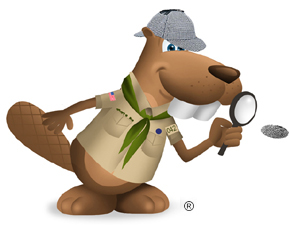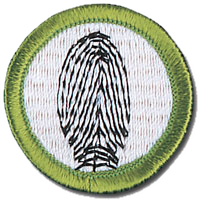Fingerprinting


Resources
- Fingerprinting Merit Badge Pamphlet
- Fingerprinting Merit Badge Class Preparation Page
- Fingerprinting Merit Badge Workbook
- Scoutmaster Bucky's Merit Badge Advancement Quick Reference
- Scoutmaster Bucky's Acknowledgement Form
Fingerprinting Requirements
Current Scouts BSA requirements
as of December 8, 2025
as of December 8, 2025
1.
Give a short history of fingerprinting. Tell the difference between civil
and criminal identification.
2.
Do the following:
a.
Explain the difference between the automated fingerprint
identification systems (AFIS) now used by law enforcement agencies and
the biometric fingerprint systems used to control access to computers
and places like buildings and airports.
b.
Discuss how our society uses identification systems based on tokens,
passwords, and biometrics.
3.
Do the following:
a.
Name the surfaces of the body where friction or papillary ridges are
found.
b.
Name the two basic principles supporting the science of fingerprints
and give a brief explanation of each principle.
c.
Explain what it takes to positively identify a person using
fingerprints.
4.
Take a clear set of prints using ONE of the following methods:
a.
Make both rolled and plain impressions. Make these on an 8-by-8-inch
fingerprint identification card, available from your local police
department or your counselor.
b.
Using clear adhesive tape, a pencil, and plain paper, record your own
fingerprints or those of another person.
5.
Show your counselor you can identify the three basic types of fingerprint
patterns and their subcategories. Using your own hand, identify the types
of patterns you see.
6.
Identify three career opportunities that would use skills and knowledge in
the areas of biometrics and/or fingerprinting. Pick one and research the
training, education, certification requirements, experience, and expenses
associated with entering the field. Research the prospects for employment,
starting salary, advancement opportunities, and career goals associated
with this career. Discuss what you learned with your counselor and whether
you might be interested in this career.